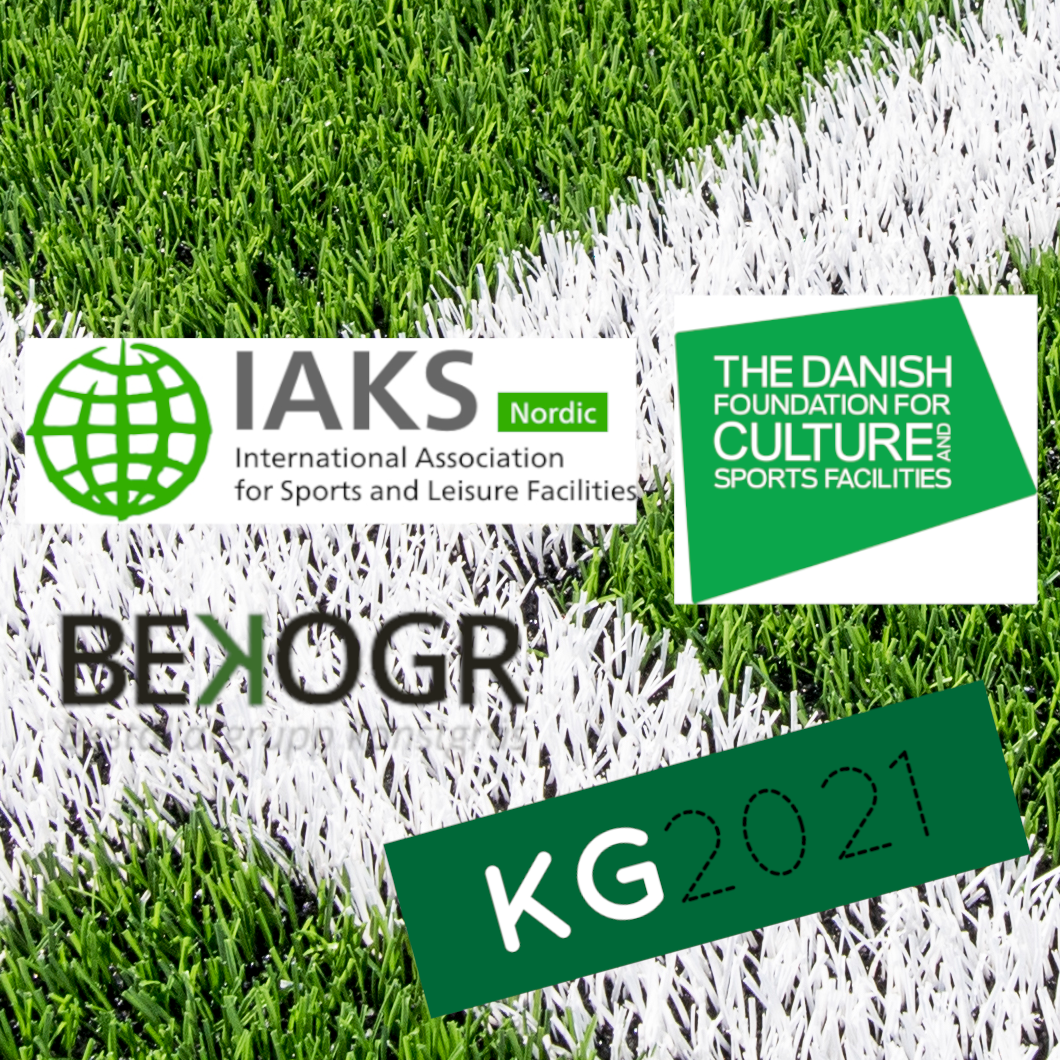Key points: Artificial Turf Webinar 2021
On 12th of January IAKS Nordic held a webinar with some of the most knowledgable experts on the field of artificial turf in the Nordic countries. We had almost a hundred participants and ended the great line-up with some very relevant questions, comments, and discussion points.
You can find the entire webinar on our YouTube Channel right here.
If you want to hear a specific speaker, the video is divided into sections, so click on the minute numbers in the description or directly on the timeline.
Beneath here you find a run-through of the main points from all speakers. Although we recommend to watch the full presentations in the webinar video, also to have graphic examples and proper explenation of details.
Thanks to all who took their time to make this webinar a great and insightful event!

The webinar was hosted by IAKS Nordic, BeKoGr (Sweden), KG2021 (Norway) and the Danish Foundation for Culture & Sports Facilities